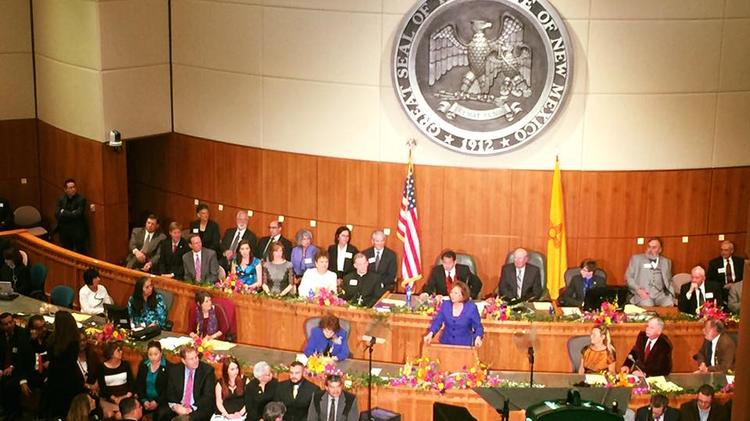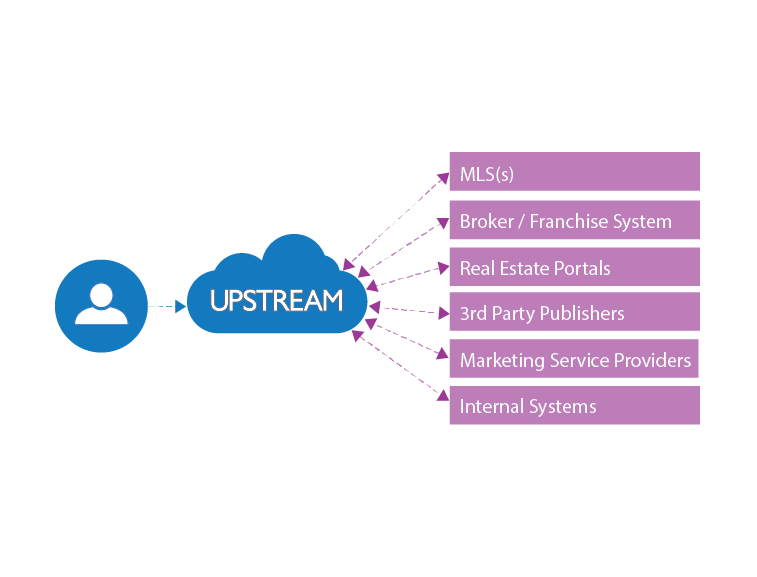
By Blake Driver, Reporter for Albuquerque Business First:
Gov. Susana Martinez took the podium at the New Mexico State Capitol Tuesday to deliver her sixth State of the State address and kick off the second session of the 52nd Legislature.
What can business leaders in Albuquerque take away from her recap of the state’s current health?
At least three things: The maintenance of what Martinez says is a smoother regulatory environment to mitigate the effect of tumbling oil prices, and a march forward on her public safety reforms and education initiatives.
While Martinez says the regulatory environment continues to get easier for businesses to navigate, tumbling oil prices will mean the government might have to make tough priority decisions between public safety legislation, school initiatives and economic development programs. And the state is still working to repair its education system in order to feed the workforce pipeline.
Martinez said that drilling permits are now issued in eight days or less, and that nurses who come to the state are licensed in five days or less. The overweight cargo zone at the border was adjusted so that trucks can make fewer trips, and tax department disputes are overseen by independent hearing officers.
Martinez said she will devote her efforts toward amending the state constitution to keep repeat criminals behind bars without bail, in the hope of addressing public safety issues which have been identified as impediments to business procurement in the region.
On the education front, Martinez said she wants to make it easier for students to graduate faster from higher education institutions.
“That’s why universities are adopting tuition incentives for any student who graduates in four years and working to limit all degree programs to 120 credit hours,” she said. “We’re improving how credits transfer among institutions, providing better counseling, and changing how majors are selected, so that students waste less money and time on unnecessary credits.”
Martinez said the reforms have produced proven results in other places where they’ve been adopted, such as a 17-point jump in the four-year graduation rate at Florida State University, and a 20-point jump at Georgia State University. Click here to read the full article.













Comments